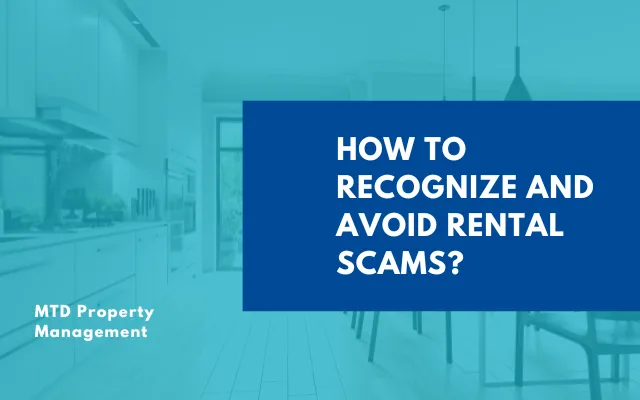Donna Erf • Jan 05, 2024

Moving out can be a complex process, not just for tenants but also for landlords. As a landlord, understanding the importance of move-out letters is crucial for maintaining a smooth and transparent transition between tenants.
These letters serve as a formal communication tool, outlining expectations, responsibilities, and necessary steps for both parties involved in the moving-out process.
In this guide, our team at MTD Property Management will share all the key aspects that landlords should know about move-out letters, from their significance in documentingproperty conditions to providing clear instructions for a seamless departure.
Purpose of Move-Out Letter
A move-out letter serves as a formal communication tool between landlords and tenants, documenting the end of a tenant’s lease agreement and their moving out from the rental property. The primary purposes of a move-out letter include:
Documentation of Notice
A move-out letter serves as evidence that the tenant has provided proper notice as per the terms of thelease agreement . It establishes a clear timeline for the departure, helping you manage the transition effectively.
Communication of Expectations
As a landlord, you can use the move-out letter to communicate specific expectations and requirements related to the vacating process. This may include details on cleaning standards, return of keys, and any necessary property inspections.

Deposit Handling Information
The letter often outlines the procedures for handling the security deposit. It informs tenants of any deductions that may be made and provides clarity on the timeframe for returning the remaining deposit.
Record Keeping
Keeping a record of move-out letters is essential for you to maintain organized and comprehensive documentation. This documentation may be valuable in the event of potential disputesor legal proceedings.
Smooth Transition to New Tenancy
Providing clear instructions in the move-out letter helps you facilitate a smooth transition between outgoing and incoming tenants. It enables landlords to prepare the property for the next occupancy efficiently.
Benefits of Move-Out Letter
Issuing a move-out letter as a landlord offers several benefits, contributing to a smoother transition between outgoing and incoming tenants and promoting a transparent and well-documented end-of-tenancy process. Here are some key benefits:
Clear Communication
A move-out letter ensures transparent communication between landlords and tenants, clearly stating the departure date and any relevant instructions. This clarity minimizes confusion and reduces the likelihood of misunderstandings.
Ample Time for Planning
By providing tenants with advance notice in the move-out letter, you allow them sufficient time to plan their move, make necessary arrangements, and avoid last-minute inconveniences.
Property Preparation
As a landlord, you can use the advance notice to schedule property inspections, make any necessary repairs or renovations, and ensure that the rental unit is in optimal condition for the next tenant.
-1920w.jpg)
Mitigation of Disputes
Offering tenants sufficient time to address any outstanding issues or concerns before vacating can help mitigate potential disputes. This proactive approach promotes a more amicable resolution to any remaining matters.
Tips for Drafting A Move-Out Letter
When it comes to drafting a tenant move-out letter, the specifics may vary depending on the unique aspects of each rental property. Nevertheless, here are some valuable tips to start the process:
Include Delivery Details
Clearly mention the date of delivery, whether the letter is sent via mail or delivered in person. This establishes a formal timeline for communication between you and your tenants.
Provide Contact Information
Ensure your contact information is prominently displayed. This facilitateseasy communication between you and your tenant throughout the move-out process.
Specify Move-Out Date and Reason
Clearly state the date by which the tenant must vacate, along with a concise explanation, such as the end of the lease term. If there’s an option to renew, consider including renewal detailsand any changes in rent.
Final Inspection Information
Inform the tenant about the final inspection process. Clearly outline whether a walk-through will be conducted in person and detail the cleaning expectations for the property.
Important Dates
Outline crucial dates in the move-out process, including the deadline for the tenant to vacate and the scheduled move-out inspection date. Clarity on these dates helps both parties plan accordingly.

Key Return Instructions
Clearly explain the procedure for returning keys. Specify where and how keys should be left behind, ensuring a smooth transition for the next tenant.
Attachments and Checklists
If applicable, mention any attachments to the letter, such as a move-out checklist. This additional resource can guide the tenant in fulfilling their responsibilities during the move-out process.
Security Deposit Process
You should provide comprehensive details on the security deposit process by explaining how and when the deposit will be returned. Consider using Certified Mail or electronic payment methods to track the date of tenant receipt efficiently.
Is Move-Out Letter and Eviction Notice Same?
A move-out letter is a communication from either the tenant or the landlord indicating the tenant’s intention to vacate the rental property voluntarily.
On the other hand, an eviction notice is a legal document issued by the landlord to the tenant, requiring them to vacate the property due to a violation of the leaseor other legal reasons.
Final Words
As a landlord, a comprehensive understanding of move-out letters is essential. These letters facilitate transparent communication, legal compliance, and a smooth transition between tenants.
By emphasizing timely communication, clear instructions, and documentation, you can navigate the end-of-tenancy process with efficiency and foster positive relationships with tenants.
To further enhance your property management experience, consider partnering withMTD Property Management ! Our expertise and personalized services can streamline the entire tenant transition process, ensuring legal compliance and tenant satisfaction.
Blog
-6961349e-1920w.png)
When and How to Raise Rental Prices?
By Donna Erf • 15 Mar, 2024
Have you wondered when and how to raise rental prices? Keep reading this article to learn the best strategies and timing for increasing rents while keeping tenants satisfied.

How to Recognize and Avoid Rental Scams?
By Donna Erf • 15 Mar, 2024
Have you encountered rental scams? Keep reading this article to learn how to recognize and avoid them with these essential tips to protect yourself and your finances.
-1920w.png)
Smart Investments: How to Choose Profitable Rental Properties
By Donna Erf • 07 Feb, 2024
Have you been seeking insights on choosing profitable rental properties? Keep reading this article to find tips.
